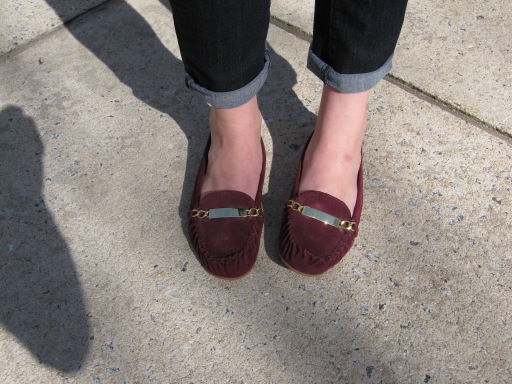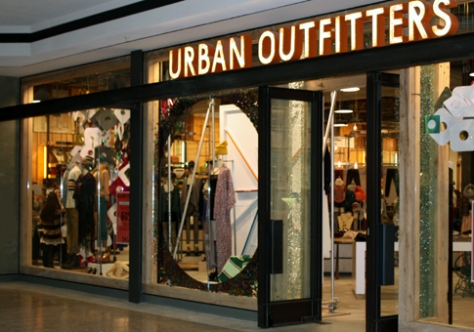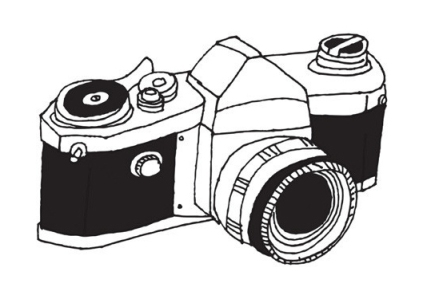Chic loafers went from bland to sassy…
Monthly Archives: February 2014
Majoring in Personal Style
Given & New
I always assumed that interviewers and guests sat where they sat based on creative direction decisions. For instance, the frame was more aesthetically pleasing when Michelle Obama is sitting on the right. Or Diane Sawyer’s best side is her left. I never realized there was a formula behind the composition of the shot.
Kress and van Leeuwen introduce the “Given-New” structure as it relates to publication design, film, and television. They say that “given” information, that is, something familiar to the viewer is usually presented on the left, while “new” information, or something not yet know, is presented on the right.
Storyboard
Aesthetics and Taste
I’ve always thought that I had good taste, be it in clothes, movies, art, or literature. Sturken and Cartwright’s chapter “Viewers Make Meaning,” however, made me reassess what good taste actually is. It framed taste as a class issue, which I had never considered. They write,
Taste…is not simply a matter of individual interpretation. Rather, taste is informed by experiences relating to one’s class, cultural background, education, and other aspects of identity… When we say that people have ‘good taste’ we may mean that they participate and are educated in middle-class or upper-class notions of what is aesthetically pleasing, whether or not they actually inhabit these class positions.
Finally, the reading made me more aware of society’s role in telling me what good taste is.
Sports, Sex, and Photography
Sex sells, as the old adage goes.
Who knew that that extended to sports photography? Author Rowe seems to think so. I, however, disagree with Rowe’s comparison of sports photography to pornography. He makes it seem like our culture is so sexualized that any image of a female athlete is comparable to a pornographic image. These assumptions simply are not true. Granted male athletes get more magazine covers, endorsements, and airtime than women, but their photographs are no less sensual. Continue reading
A Picture is Worth 350 Words
“Pics or it didn’t happen” is the latest sage wisdom that enables us to over-document our lives on social media. If I don’t get a picture of myself running errands at Trader Joe’s, did it really happen? one might ask.
I used to think that a picture was indisputable proof that an event took place, but after reading about Sturken and Cartwright’s “Myth of Photographic Truth,” I had to reassess how I interpret photos.
The Business of Blogging
Last year I evaluated the relationship blog Hooking Up Smart for a sociology class. The site was engaging, easy to navigate, and the articles were well-researched and offered a unique voice about the recent “hooking up” culture. The blog seemed to have a wide audience, but not large enough that my friends or classmates had heard of it.
Recently I revisited Hooking Up Smart (HUS) and was disappointed to see that large advertisements cluttered the screen. I was pleased that the blog’s founder, Susan Walsh, had made a lucrative career out of her hobby; the site had also undergone some sleek visual improvements. However, I was irritated each time I looked through the archives and had to scroll through half page advertisements.









